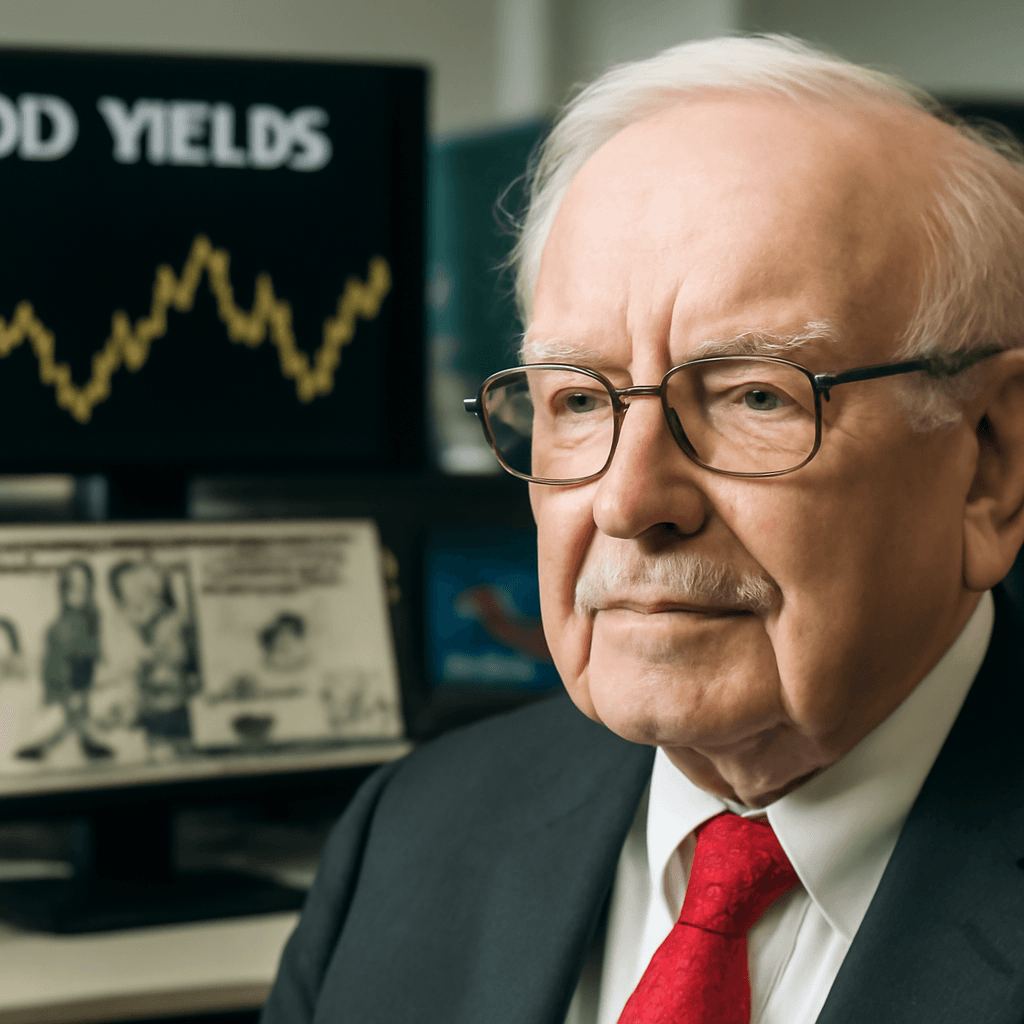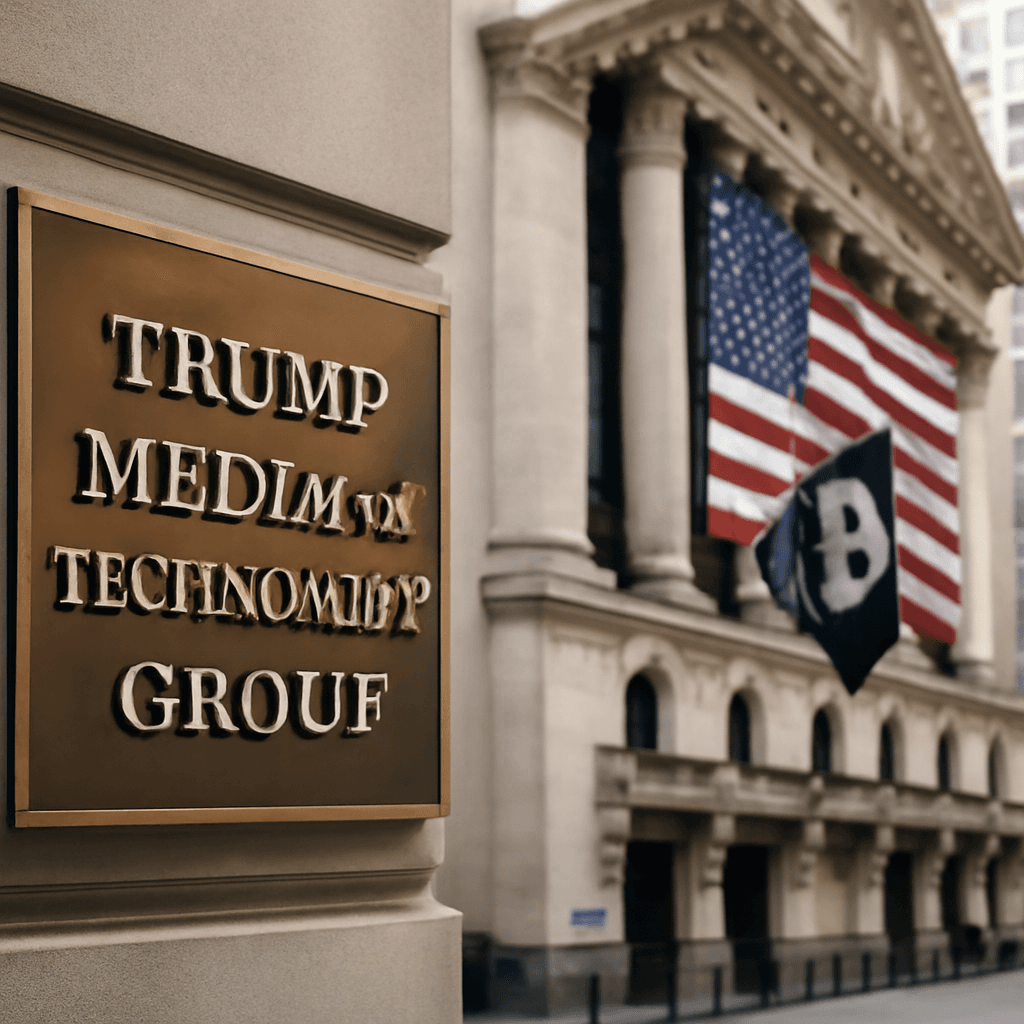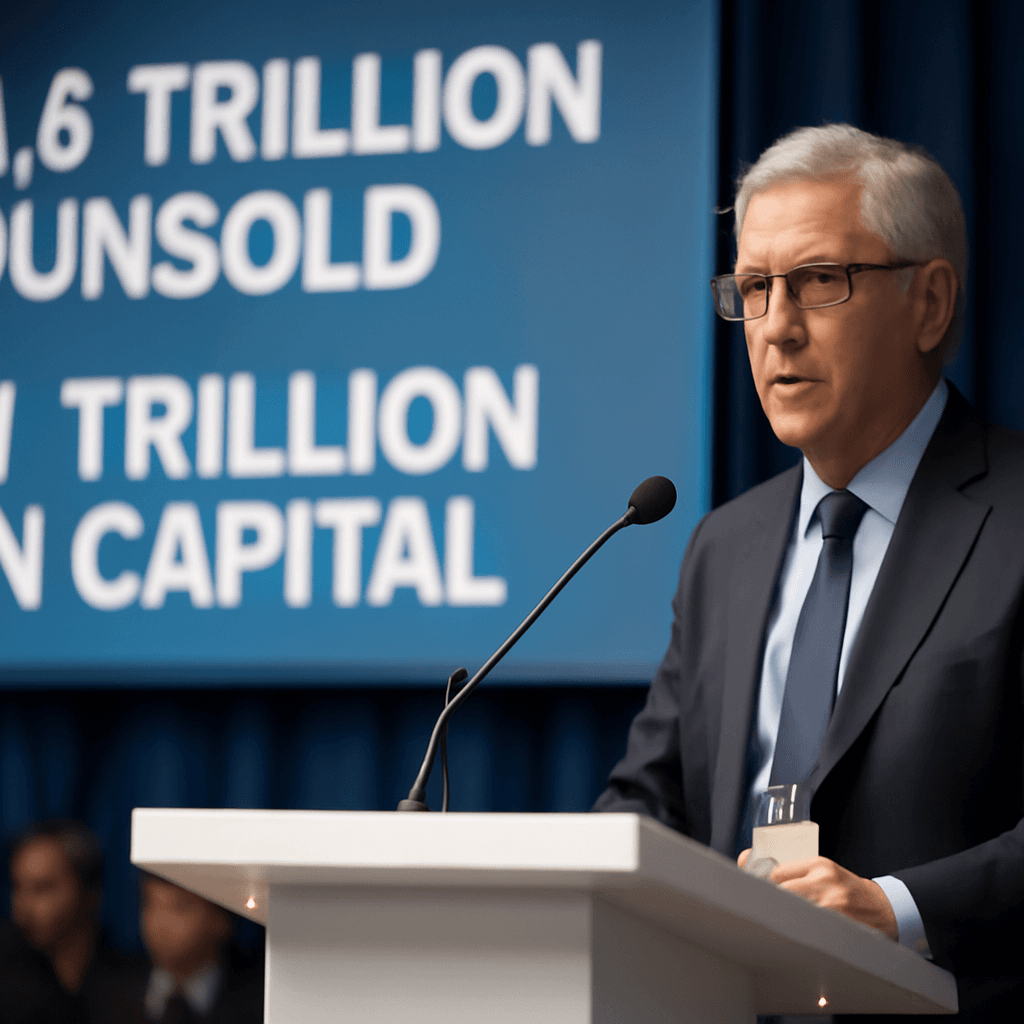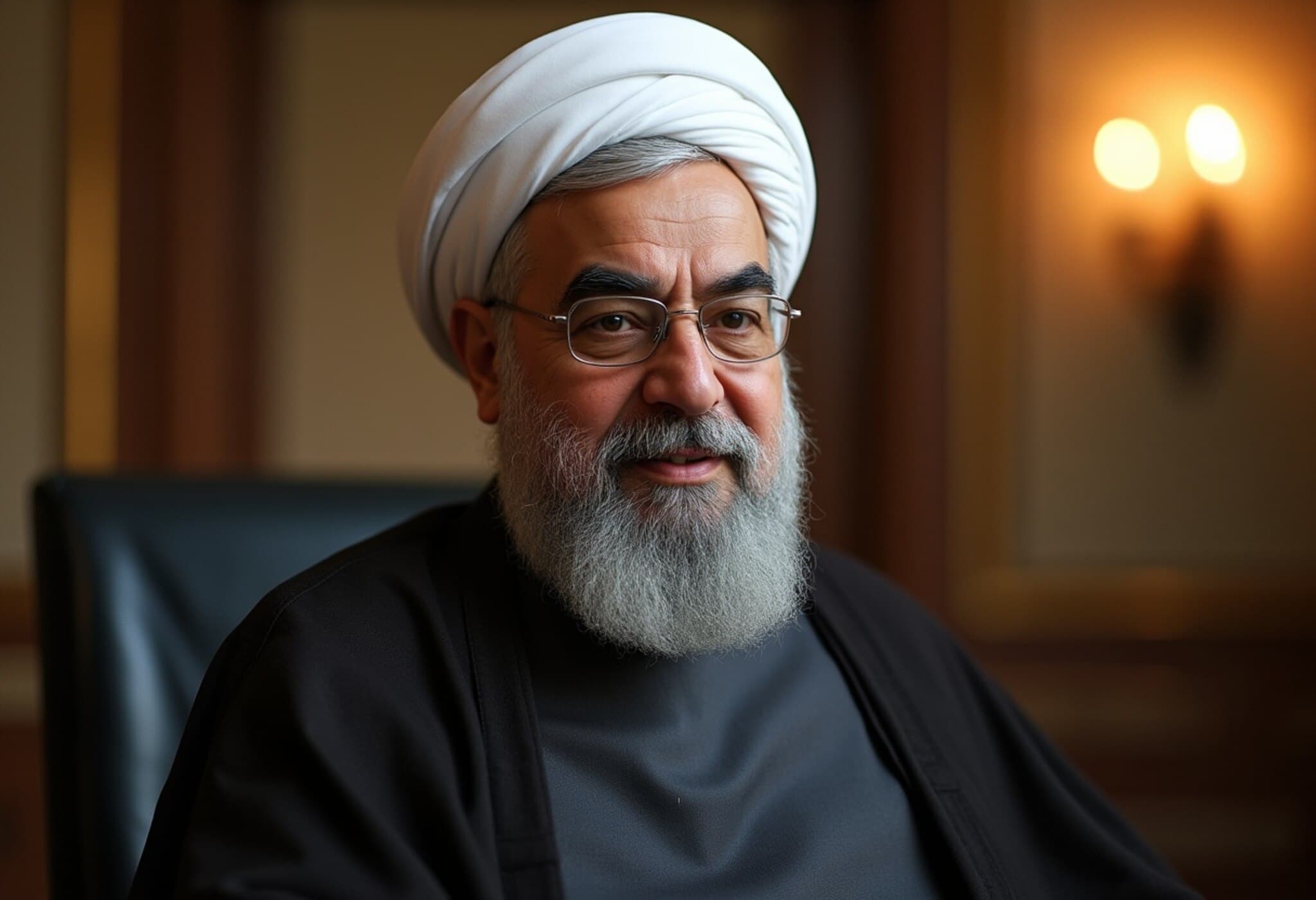Vanguard's Strategic Pivot: Embracing Active Management in ETFs
In a notable move that signals a broader evolution in the exchange-traded fund (ETF) landscape, Vanguard, a stalwart of passive index investing, has introduced eight actively managed fixed-income ETFs this year. This pivot underscores a significant shift in how even the largest asset managers are responding to dynamic market conditions and investor demands.
Active ETFs: From Niche to Mainstream
While passive index strategies have dominated ETF assets historically, 2025 marks a watershed year for active ETFs. With a record 288 new ETF launches this year, active management is gaining traction rapidly. Currently, active ETFs account for about 10% of total ETF market assets, yet they have absorbed over one-third of investor inflows, reflecting a growing appetite for portfolios that blend index efficiency with managerial expertise.
What’s Driving Vanguard’s New Offerings?
Roger Hallam, Vanguard’s global head of rates, emphasized the importance of “bottom-up security selection” in these actively managed ETFs to generate reliable returns across market cycles. Vanguard’s new suite includes specialized funds such as an ultra-short Treasury ETF, a 0-3 month T-Bill ETF, and a long-term tax-exempt bond ETF among others, strategically designed to offer investors targeted exposure with active risk oversight.
The Broader Context: Why Active Now?
The bond market has experienced heightened volatility and unusual market dynamics over recent years. Traditional bond indexes, like the widely followed Bloomberg U.S. Aggregate Bond Index, face criticism from experts for being outdated, especially compared to equity benchmarks such as the S&P 500. This gap has fostered a climate where active management can play a pivotal role.
Active ETFs empower managers to take a more surgical approach to navigating such complexities, rather than relying on broad-market index tracking. Yet, experts caution investors against conflating active management with market timing—a pitfall that can undermine long-term returns, especially during volatile periods.
Beyond Bonds: Active Equity ETFs on the Rise
Jay Jacobs, U.S. Head of Equity ETFs at a leading firm, highlights that broader market dynamics also fuel the shift toward active ETFs. Investors are gravitating toward scalable, repeatable, and cost-efficient models that can complement or enhance traditional index exposures. The improved tax efficiency within ETFs is another catalyst, making previously niche or institution-only strategies accessible to a wider investor base.
Jacobs notes, “The world has shifted significantly in recent years. Strategies that were once limited by high minimum investments or tax inefficiencies are now more widely accessible through active ETFs.” This democratization opens new doors for investors seeking alpha without sacrificing the convenience of ETFs.
Implications for Investors: Navigating a New Normal
- Expectations Realignment: The decade-long tailwinds from near-zero interest rates and aggressive Fed policies are unlikely to return, challenging investors to reconsider the core return drivers of their portfolios.
- Portfolio Diversification: Active ETFs can provide exposure to nuanced bond and equity strategies that may help mitigate risk while targeting incremental returns.
- Investor Education: Understanding the nuances of active management versus market timing is crucial to leveraging these tools effectively.
Looking Ahead: What This Means for the ETF Industry
The influx of active ETFs from powerhouse firms like Vanguard suggests a maturation of the ETF market, blending the best aspects of passive and active investing. For advisors and individual investors alike, this evolution offers both opportunities and challenges as they balance cost considerations with the quest for alpha in an increasingly complex market environment.
As the ETF sector continues to innovate, regulatory scrutiny, fee structures, and performance transparency will remain focal points in ensuring these products serve investors’ best interests.
Editor’s Note
Vanguard’s active ETF initiative is more than just a business expansion; it reflects a broader rethinking of investment approaches in an era marked by market uncertainty and evolving monetary policies. For investors, the growing array of active ETFs offers new possibilities but also demands greater literacy around how these products function and their role in a diversified portfolio. As the financial ecosystem adapts, continuous education and critical evaluation will remain essential.











